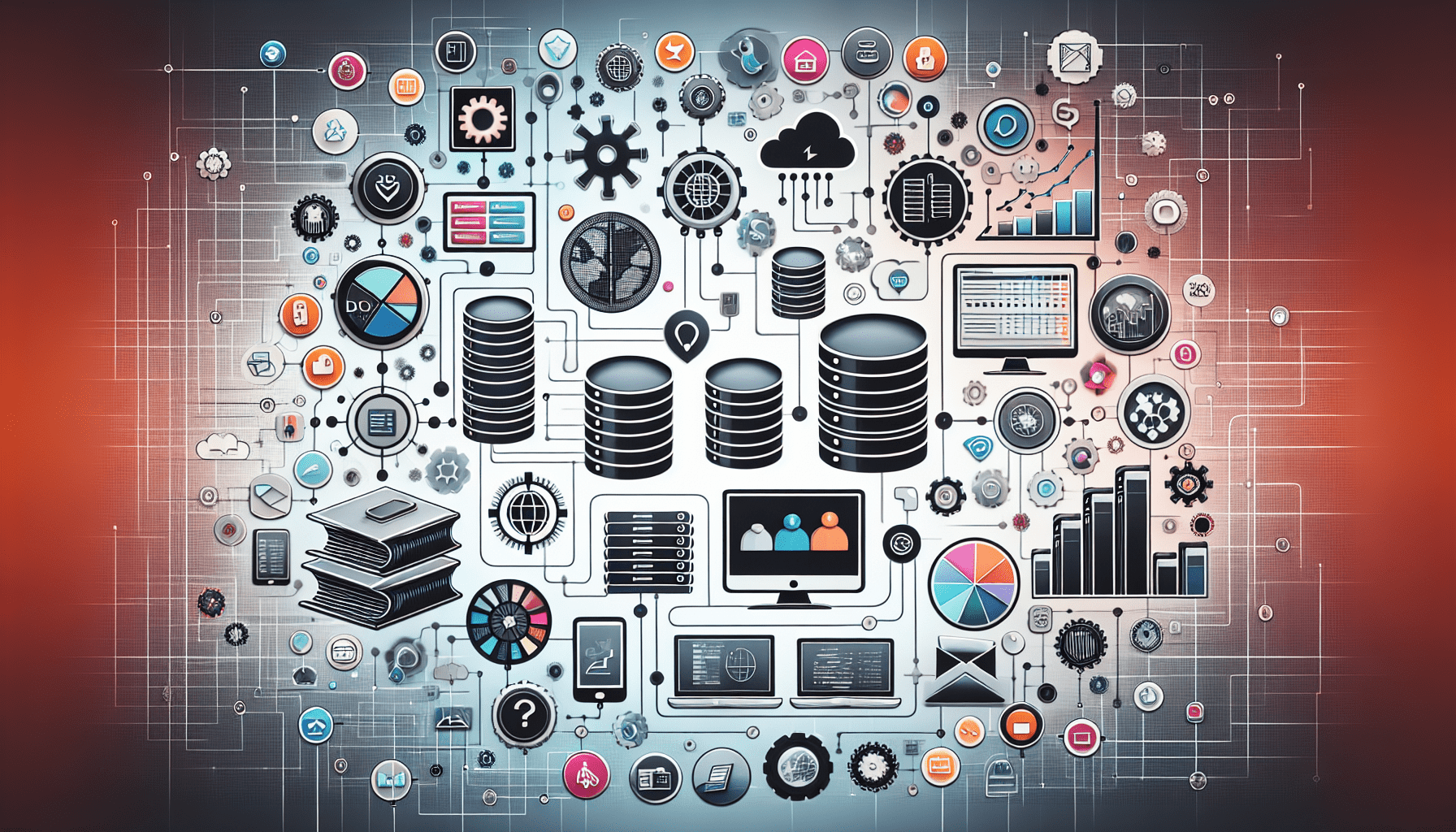Understanding Data Applications in Data Analysis

Data Application Briefly Summarized
- Data applications are specialized software solutions designed to process and analyze large volumes of data to extract insights or automate decisions.
- They often feature a user-friendly interface that allows users to interact with complex data sets and perform multiple queries.
- The rise of big data has necessitated the development of data applications capable of handling the volume, velocity, variety, and veracity of massive data sets.
- Data applications are utilized across various industries, including healthcare, finance, and government, to improve operational efficiency and drive innovation.
- The architecture of data applications can vary, but they typically include components for data ingestion, storage, processing, analysis, and visualization.
Data applications are an integral part of modern data analysis, providing the tools necessary to harness the power of big data. With the exponential growth of data volume and complexity, traditional data-processing software has become inadequate. Data applications fill this gap by offering advanced capabilities to manage, analyze, and visualize data at scale. In this article, we will explore what data applications are, their importance, the challenges they address, and their role in various industries.
Introduction to Data Applications
A data application, often referred to as a data app, is a software application that is specifically designed to process and analyze large-scale data. These applications are built on top of databases and are tailored to solve niche data problems. They provide a visual interface that allows users to perform multiple queries and interact with the data in a meaningful way.
Data applications are the bridge between raw data and actionable insights. They are the tools that enable businesses and organizations to sift through the noise of big data and pinpoint the information that is truly valuable. By doing so, data applications can surface rich insights or even take autonomous actions based on the data they analyze.
The Importance of Data Applications
The importance of data applications cannot be overstated in an era where data is often described as the new oil. They are crucial for several reasons:
- Efficiency: Data applications can process and analyze data much faster than traditional methods, allowing organizations to respond quickly to changes in the market or environment.
- Scalability: As data volumes grow, data applications can scale to meet the increased demand without a loss in performance.
- Accuracy: With advanced algorithms and machine learning techniques, data applications can improve the accuracy of data analysis, leading to better decision-making.
- Accessibility: By providing a user-friendly interface, data applications make data analysis accessible to a broader range of users, not just data scientists.
Challenges Addressed by Data Applications
Data applications are designed to tackle several challenges associated with big data:
- Data Volume: The sheer amount of data generated today is overwhelming for traditional systems. Data applications are built to handle terabytes and petabytes of data efficiently.
- Data Velocity: The speed at which data is generated and needs to be processed is increasing. Real-time analysis is often a requirement, and data applications are optimized for this.
- Data Variety: Data comes in various formats, from structured to unstructured. Data applications can ingest and process different data types from multiple sources.
- Data Veracity: The quality and accuracy of data are critical. Data applications include mechanisms to ensure the data they process is reliable.
Architecture of Data Applications
The architecture of a data application typically includes the following components:
- Data Ingestion: The process of importing, transferring, loading, and processing data from various sources.
- Data Storage: Storing data in a manner that is secure, scalable, and optimized for performance.
- Data Processing: Transforming raw data into a more usable format through cleaning, aggregation, and manipulation.
- Data Analysis: Applying statistical models, machine learning algorithms, and other techniques to extract insights from data.
- Data Visualization: Presenting data in a graphical format to make the interpretation of data easier and more intuitive.
Use Cases of Data Applications
Data applications have a wide range of use cases across various industries:
- Healthcare: Analyzing patient data to predict health outcomes and personalize treatment plans.
- Finance: Detecting fraudulent transactions and automating risk management processes.
- Retail: Understanding customer behavior to optimize inventory and improve the shopping experience.
- Government: Enhancing public services through data-driven decision-making and policy development.
Conclusion

Data applications are essential tools in the realm of data analysis. They empower organizations to leverage big data for strategic advantage, driving innovation and efficiency. As data continues to grow in size and complexity, the role of data applications will only become more significant.
FAQs on Data Applications
What is a data application? A data application is a software solution designed to handle and analyze large volumes of data, providing insights and enabling data-driven decision-making.
Why are data applications important? Data applications are important because they allow organizations to process and analyze big data efficiently, leading to more accurate and timely insights.
What challenges do data applications address? Data applications address challenges related to the volume, velocity, variety, and veracity of big data, enabling organizations to manage and analyze data effectively.
Can non-technical users utilize data applications? Yes, data applications often come with user-friendly interfaces that make them accessible to non-technical users for data analysis and decision-making.
How do data applications differ from traditional software? Data applications are specifically designed to handle large-scale, complex data sets and provide advanced analysis capabilities beyond the scope of traditional software.
Sources
- Big data
- What Is a Data Application? | Rockset
- Data applications: architecture, examples, use cases - Starburst
- What Are Data Applications? - Alteryx
- Data Application Lab - Big Data Expert: Data Scientist / Data ...
- What is a Data Application? | Acho
- What is a data application? - Imply
- What is a data app? | Firebolt
- What Is A Data App? - Toric
- Data Applications Guide - Snowflake